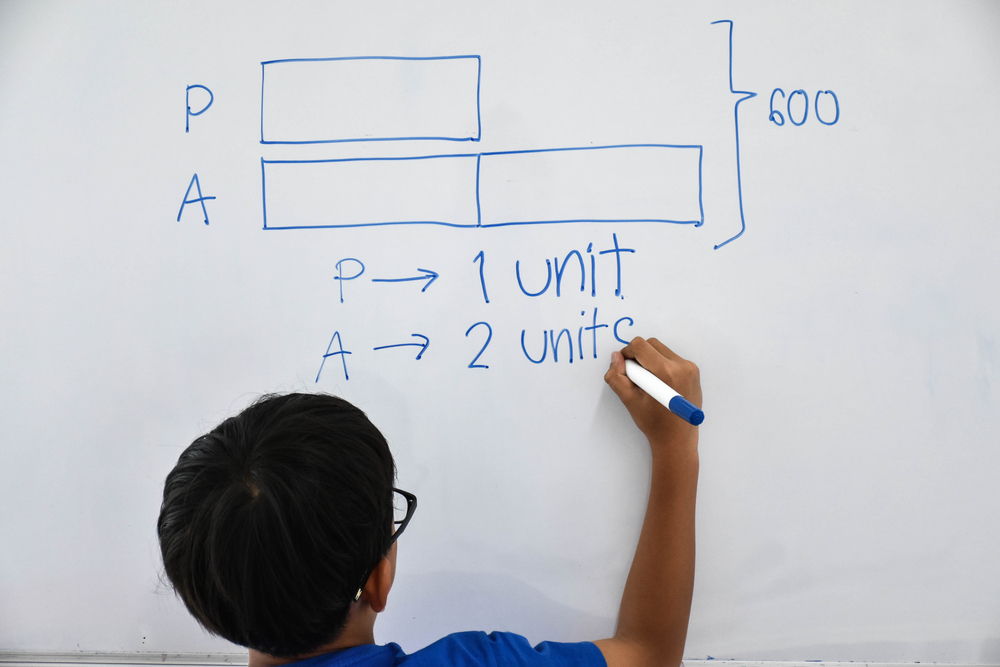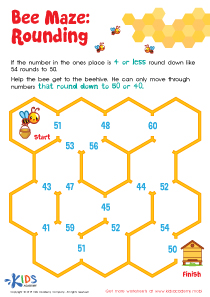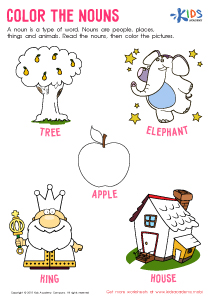Number Sequencing Numbers up to 100 Worksheets for Ages 6-8
6 filtered results
-
From - To
Enhance your child's numerical skills with our engaging "Number Sequencing Numbers up to 100 Worksheets" designed for ages 6-8. These fun and educational worksheets are perfect for helping young learners master the concept of sequencing and ordering numbers up to 100. Featuring a variety of activities including counting, missing numbers, and arranging sequences, these printable sheets support the development of essential math skills. Ideal for both classroom and at-home learning, our worksheets make number sequencing enjoyable and accessible for early elementary students. Build a strong foundation in math with our expertly-crafted resources that cater to all learning styles.
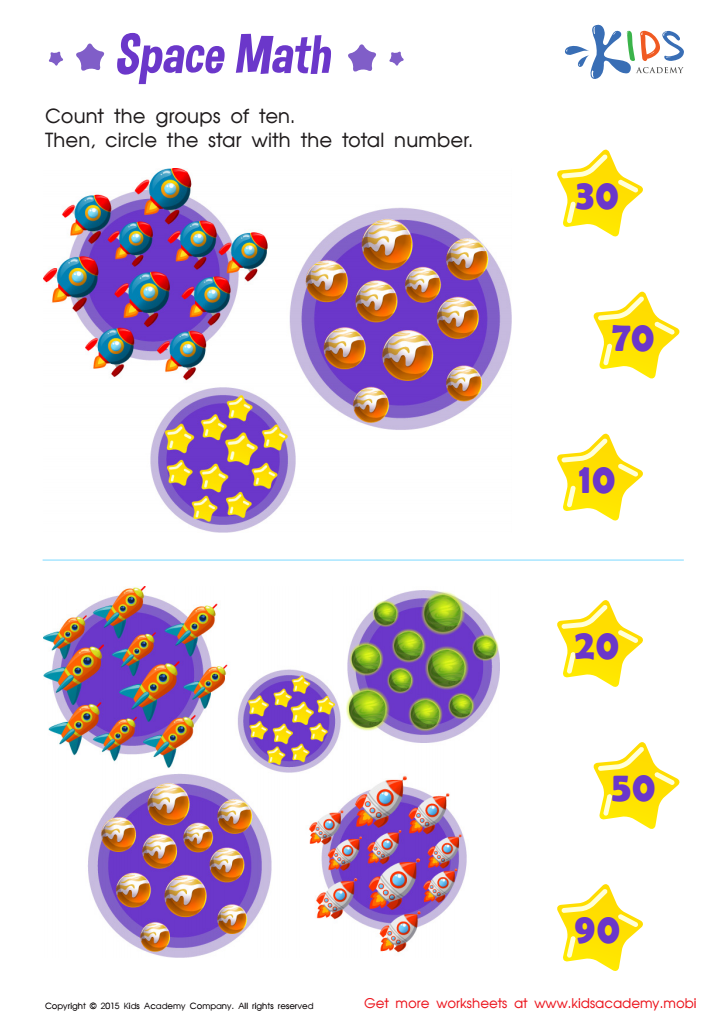

Learn dozens: Space math Worksheet
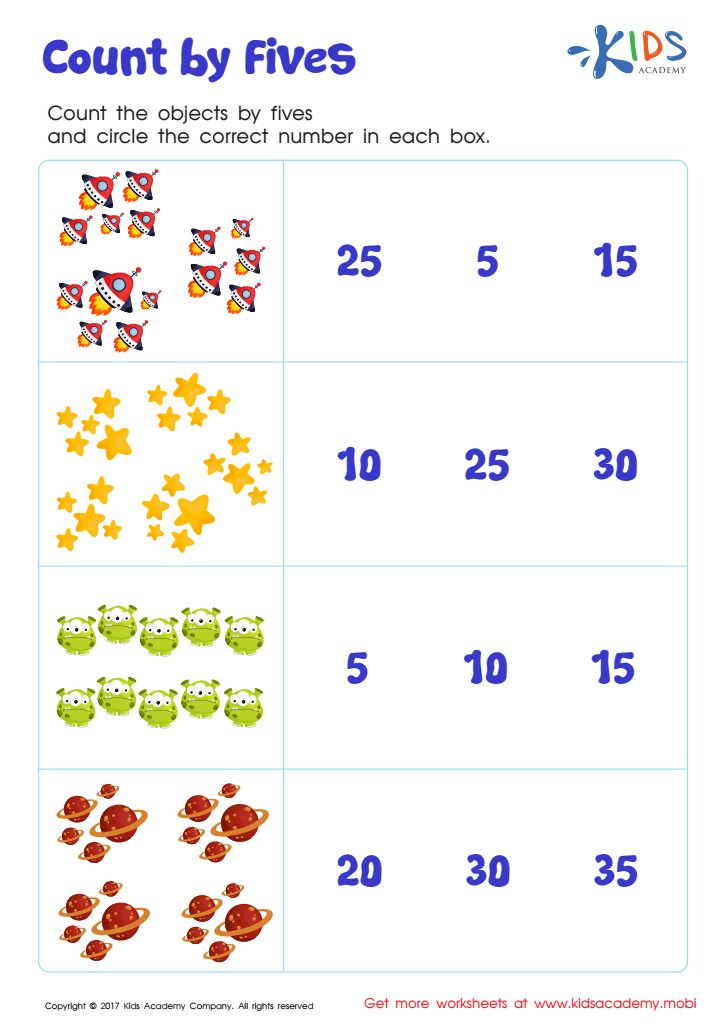

Skip Counting by 5s: Space Math Printable


Counting and Numbers: Assessment Worksheet
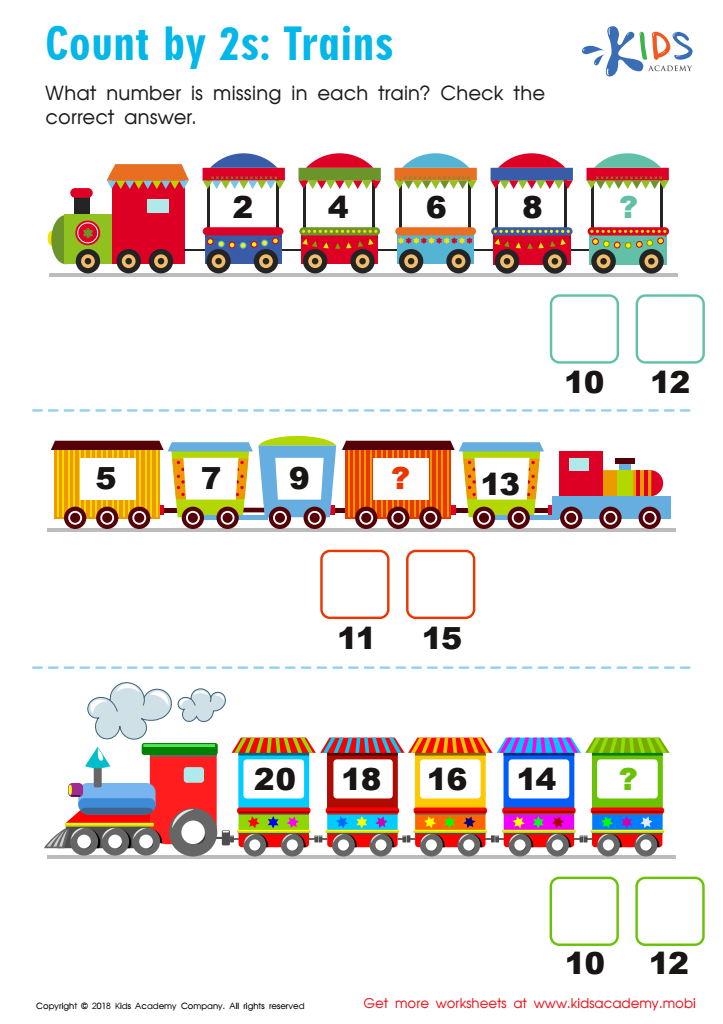

Count by 2's: Trains Worksheet


Ordering 11–20: Chicken & Egg Dot–to–dot Worksheet
Number sequencing up to 100 is a foundational math skill crucial for children ages 6-8. At this developmental stage, understanding number sequences develops a child’s numerical fluency and sets the groundwork for more advanced mathematical concepts. Learning to count in order not only teaches children about numerical order but also improves their ability to recognize patterns—a fundamental aspect of mathematics.
This skill aids in understanding addition and subtraction, as students start to realize that numbers that come after another number are larger, and those before are smaller. It enhances logical thinking and problem-solving skills by allowing children to predict and identify missing numbers in a sequence.
Moreover, number sequencing up to 100 builds confidence in handling numbers, making children more comfortable with mathematics. Proficiency in this area can make the difference in children developing a positive attitude towards math, which is crucial as they progress in their education.
It also aligns with curriculum goals, ensuring that students meet educational standards and don’t fall behind. Engaging practices such as counting games, rhythm exercises, and visual aids can make mastering this skill enjoyable and beneficial for young learners. Caring about this skill means setting a sturdy foundation for future mathematical success, logical reasoning, and cognitive development.
 Assign to My Students
Assign to My Students










